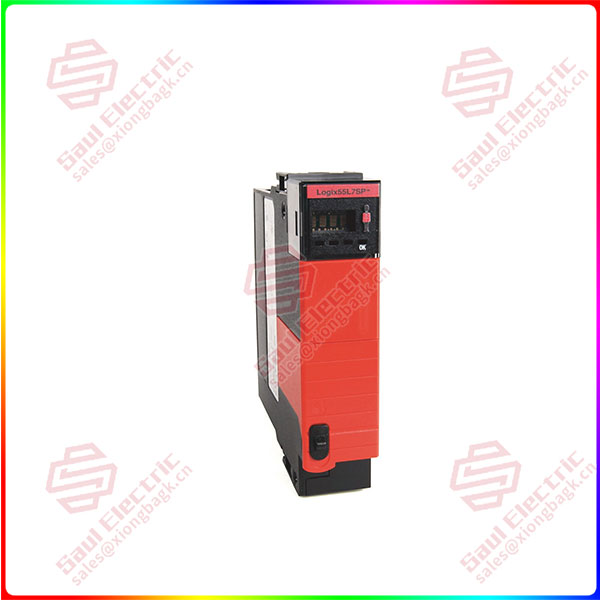On the same production line, the movement rhythm and dynamic characteristics of each axis of different robots may be different. Therefore, a small number of robots with excessive work intensity have become “bottleneck” robots on the production line, and once a failure occurs, it will affect the entire production line. To address this concern in the automation journey, ABB has introduced a new service product, Condition Based Maintenance Reporting (CBM), to help customers plan precise preventive maintenance, prevent unplanned downtime and extend robot life.
What is CBM?
Previously, it was difficult for users to determine whether key components such as a robot’s gearbox were worn out or needed to be replaced. This means that customers can face problems such as not being able to diagnose a fault before it occurs, having a stockpile of unnecessary spare parts on hand, and not having the necessary spare parts when a fault occurs, leading to costly unplanned downtime.

1756-L7SP
Based on statistics collected from thousands of ABB robots worldwide over the past 14 years, ABB’s Condition-based Maintenance Report (CBM) evaluates robots using a specific set of criteria, provides customers with an analysis of the movement of each ABB robot in the factory, and helps detect the most intensive robots in the production line.
CBM accurately identifies variables including motion ratio, speed, acceleration and transmission wear to calculate the likelihood and time frame of potential failure. Finally, a complete report including robot serial numbers, data analysis, maintenance recommendations, conclusions and production line system ratings is provided to better help customers complete robot maintenance and budget planning.
Example robot Overview status report
As shown, the high-load robot will be displayed on the upper part, requiring the customer’s attention.
Highlight examples of robot analysis reports
As shown in the figure, this robot has a high dynamic ratio *, high running speed, high torque, and the 2-axis reducer may be damaged soon.
 1 Year Warranty
1 Year Warranty





